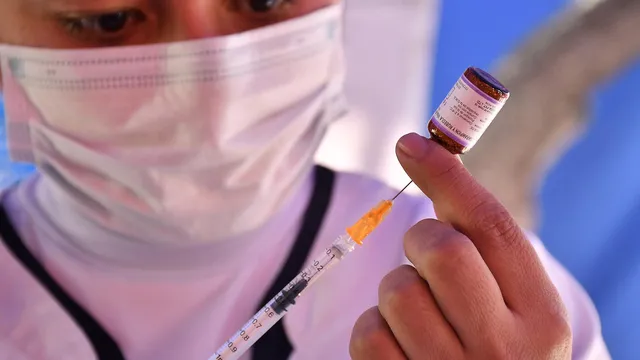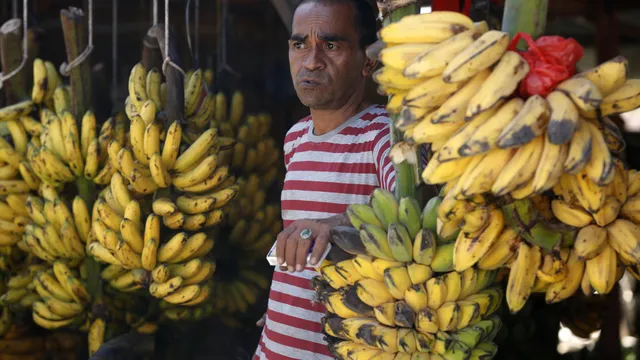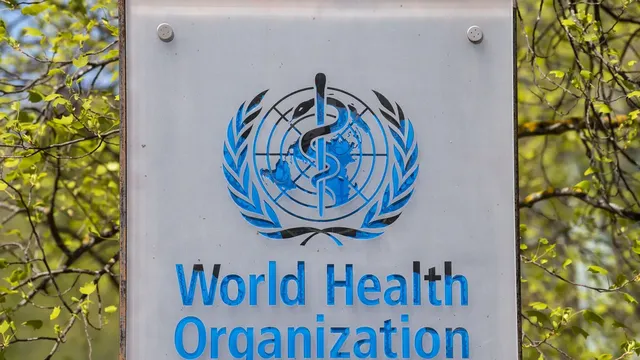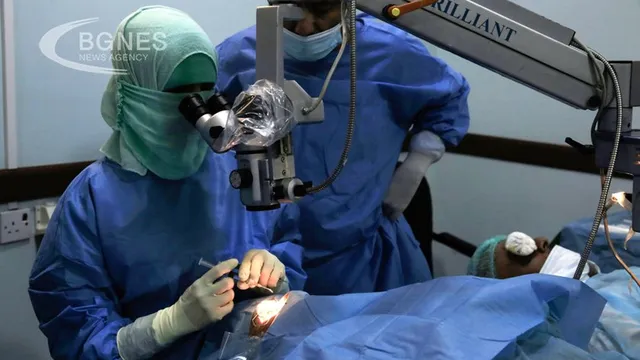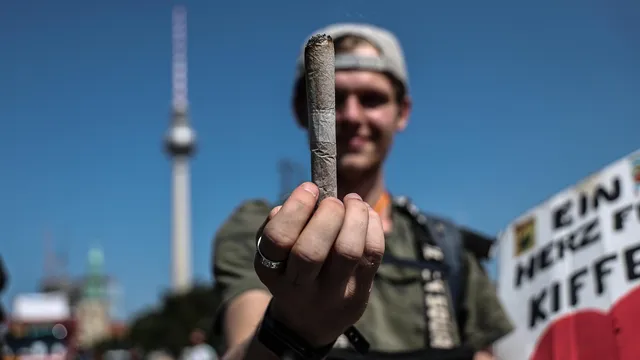Although the weekly increase has slowed in recent months, the number exceeds the previous peak of 1,274 cases in 2019 and marks an alarming phase linked to declining vaccination coverage in the country and a change in immunization policy under Health Secretary Robert F. Kennedy Jr.
Health Ministry spokesman Andrew Nixon said the Centers for Disease Control and Prevention (CDC) continues to provide technical assistance, laboratory support and vaccines upon request. “The risk of measles infection remains low for the general population in the United States,” he said, but stressed that the danger is significantly greater in communities with low vaccination rates, especially where there are already active outbreaks or close social and geographic ties to such areas. The CDC continues to recommend the MMR vaccine as the best protection against the disease, although the decision to immunize is considered a personal one.
Health Secretary Kennedy pointed to the much higher incidence and mortality rates in Europe as proof that the US response is “a model for the rest of the world.” He has tasked the CDC with developing new guidelines for treating the disease.
"People should be getting healthier. We have more solutions, medicine is advancing, and yet we see people retreating from it. To me, that's Dark Ages thinking," Dr. Amesh Adalja, an infectious disease specialist and senior scholar at the Johns Hopkins Center for Health Security, told Politico.
The outbreak is mainly concentrated in Texas, where at least 750 cases have been reported, and the infection has spread to neighboring areas in New Mexico and Kansas. Most of the sick are unvaccinated, and the outbreak is linked to a religious community with a long history of vaccine skepticism.
According to the CDC, three people have died in connection with the Texas outbreak this year, including two school-aged children who were also unvaccinated. A total of 162 people have been hospitalized.
In 2025, almost all US states reported at least one case of measles. | BGNES

 Breaking news
Breaking news
 Europe
Europe
 Bulgaria
Bulgaria
